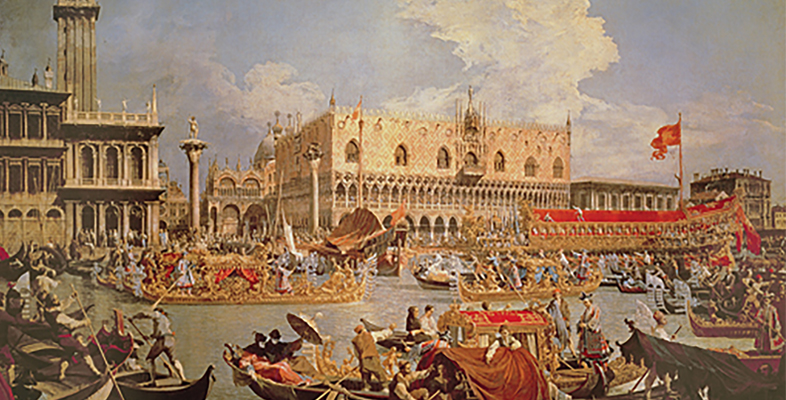2 When was the early modern period?
The term ‘early modern’ is an example of periodisation: dividing the long expanse of past time into ages or periods. Periods can be defined in different ways. The reign of a monarch or family is one way: ‘Tudor England’ refers to the time when England was ruled by monarchs from the Tudor family. Historians also talk about particular chronological periods, such as ‘the Sixties’, referring to the decade of the 1960s – although, in fact, most historians would stretch this period to include the late 1950s and the first years of the 1970s. This slightly cavalier approach to dates reflects a key aspect of periodisation: each historical period has some fundamental features of society, culture, politics and ideas that give the time an underlying unity and set it apart from earlier and later times. Historians’ definition of ‘the Sixties’ reflects a set of important social and cultural features that do not fit neatly into the decade. This tension between finding a convenient set of defining dates and the underlying characteristic features was caricatured by the writer George Orwell (1903–1950) when he recalled his history lessons at school, where ‘in 1499, you were still in the Middle Ages, with knights in plate armour riding at one another with long lances, and then suddenly the clock struck 1500, and you were in something called the Renaissance’ (quoted in Black and MacRaild, 2000, p. 18).
The beginning of the early modern period
So when does the early modern period begin and end? The beginning of the early modern and thus the end of the medieval period (also called the Middle Ages) is associated with a group of fundamental changes that occurred in the late fifteenth and early sixteenth centuries.
- In the field of ideas, this time saw a rebirth of interest in the writings of scholars from ancient Greece and Rome and a new emphasis on the use of observation as the basis of knowledge. This series of developments, called the Renaissance, in turn led to new ideas such as the model of the solar system with the sun at the centre while the planets revolved around it, proposed by Nicolaus Copernicus (1473–1543).
- The spread of these new ideas was aided by the development of printing using movable type, devised by Johannes Gutenberg (c.1398–1468) in the 1450s.
- There was also a significant change in the economy, with a decline in the number of people holding land under the feudal system. Instead of getting access to land in return for military service or unpaid labour, farmers paid rent in goods or money.
- In religion, the power of the Catholic Church was challenged through criticism of its theology and practices, which ultimately led to the emergence of new Protestant churches.
- Finally, around the same time, Europeans discovered cultures beyond Europe; the best-known voyage was that led by Christopher Columbus (1451–1506) which began the colonisation of the Americas.
The end of the early modern period
The end of the early modern period and the beginning of the modern is associated with two major developments. The French Revolution, a period of major political upheaval lasting from 1789 to 1799, threatened to overturn the traditional structure of society, where power was concentrated in the hands of the monarch, the nobles and the church. While the social order was not destroyed, the French Revolution did open the door to the creation of a new political culture in the nineteenth century, with the expectation that ordinary people had some representation in government. Around the same time, the old power sources for all forms of work – the muscle power of men, women and animals (mainly horses) – were gradually replaced by engines powered by steam. This allowed the creation of machines and the production of goods on a scale never before imagined. The Industrial Revolution, entailing the shift of production from households and small workshops to large factories, brought with it huge social changes, including the rapid growth of towns. While historians generally agree that the fundamental change brought about by these events marked the boundaries of the early modern period, they differ on exactly which developments belong to the early modern. This course uses 1780 as its end point, as I believe that the upheavals of the French and Industrial Revolutions belong in the modern period. But other historians opt for a slightly later end date and include the beginnings of industrialisation, the establishment of political freedoms following the French Revolution and the expansion of mass communication as part of the early modern (Kümin, 2014, p. 2).
